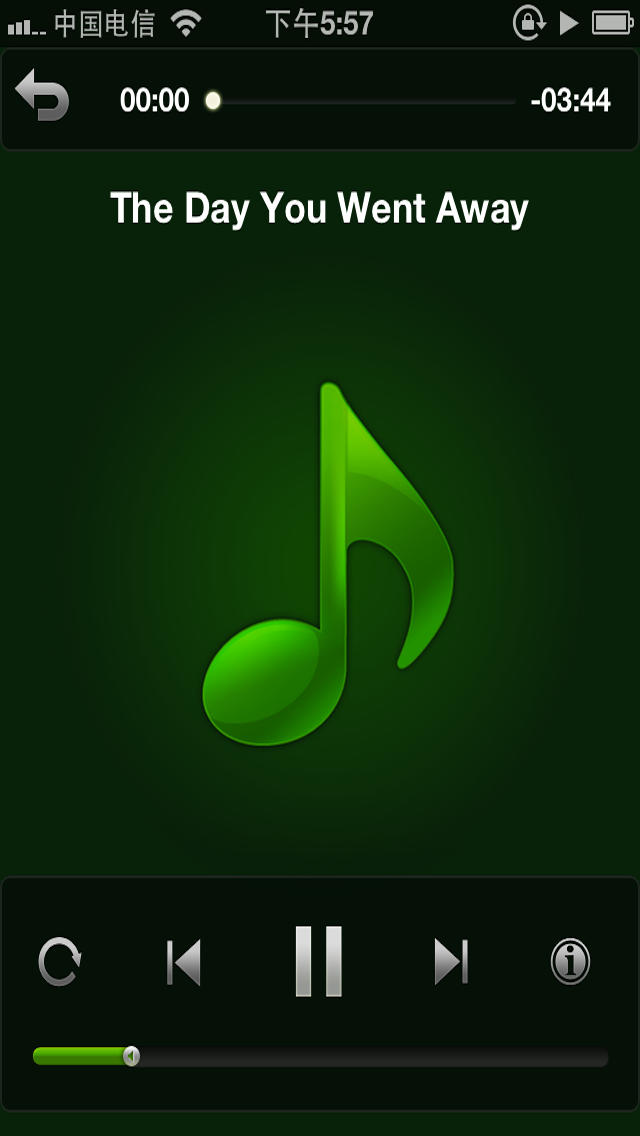
This means you just connect your NAS to your local network and you'll be able to access the files on it on any UPnP client. This means at least elevated power usage compared to a NAS.Īs opposed to Home Sharing, UPnP (along with other, widely-used file / multimedia sharing protocols like SBM (Samba) etc.) runs off a dirt cheap (see Section 1.1 above), small (highly portable), low-power (1-3Watts at most, as opposed to the 10-15+ Watts of an x86-based desktop), quiet NAS just fine. There are absolutely no non-computer hardware (for example, the, for home media streaming uses, immensely popular, home, cheap network-attached storage (NAS) units) doing this.
UPNP PLAYER OS X PC
This means you absolutely must keep at least a MacBook Air (or any other low-power PC or Mac) power on all the time to be able to stream your local files to your Apple TV or the stock Videos app on your iOS device. For example, the latter is only some 10-20$ more expensive than non-networked external HDD's (like THIS one) or even internal ones, which, currently, start around $130.ġ.2 No need to power on a desktop computer while playing back multimediaĪpple's own, proprietary and, in third-party apps (see THIS), in no way accessible Home Sharing can't share files from a non-desktop computer. Just some examples: WD My Book Live Duo 6TB for $400 Western Digital My Book Live 3 TB Personal Cloud Storage Drive for $160 etc. The latter are, currently, very cheap actually, UPnP-capable, network-attached external hard disks (or plain enclosures) cost little more than non-network-attachable ones.

Fortunately, there are several of them.ġ.1 No need to purchase a higher-capacity iDevice for storing videosĪssuming you don't have problems with wireless streaming (a very common issue with the Apple iPad but, generally, not with other iDevices), you can even save two hundred bucks (the price difference between the 16 and 64 GB models as of now) by not keeping any videos (pictures etc.) on your iDevice but, instead, streaming them from a UPnP source.

That is, you'll need to use third-party apps on your iDevice. Now, let's take a look at how it is done on the iDevice (iPad / iPhone / iPod touch)!Īs you may have guessed, the stock video player shipped with iOS, Videos, doesn't support accessing UPnP (also known as DLNA in this article, I refer to it as UPnP) servers.
UPNP PLAYER OS X FULL
Back in the Windows Mobile / Symbian days, in 2007, I've already published a full roundup of then-current UPnP (desktop) server and mobile client apps (see THIS / THIS).


 0 kommentar(er)
0 kommentar(er)
